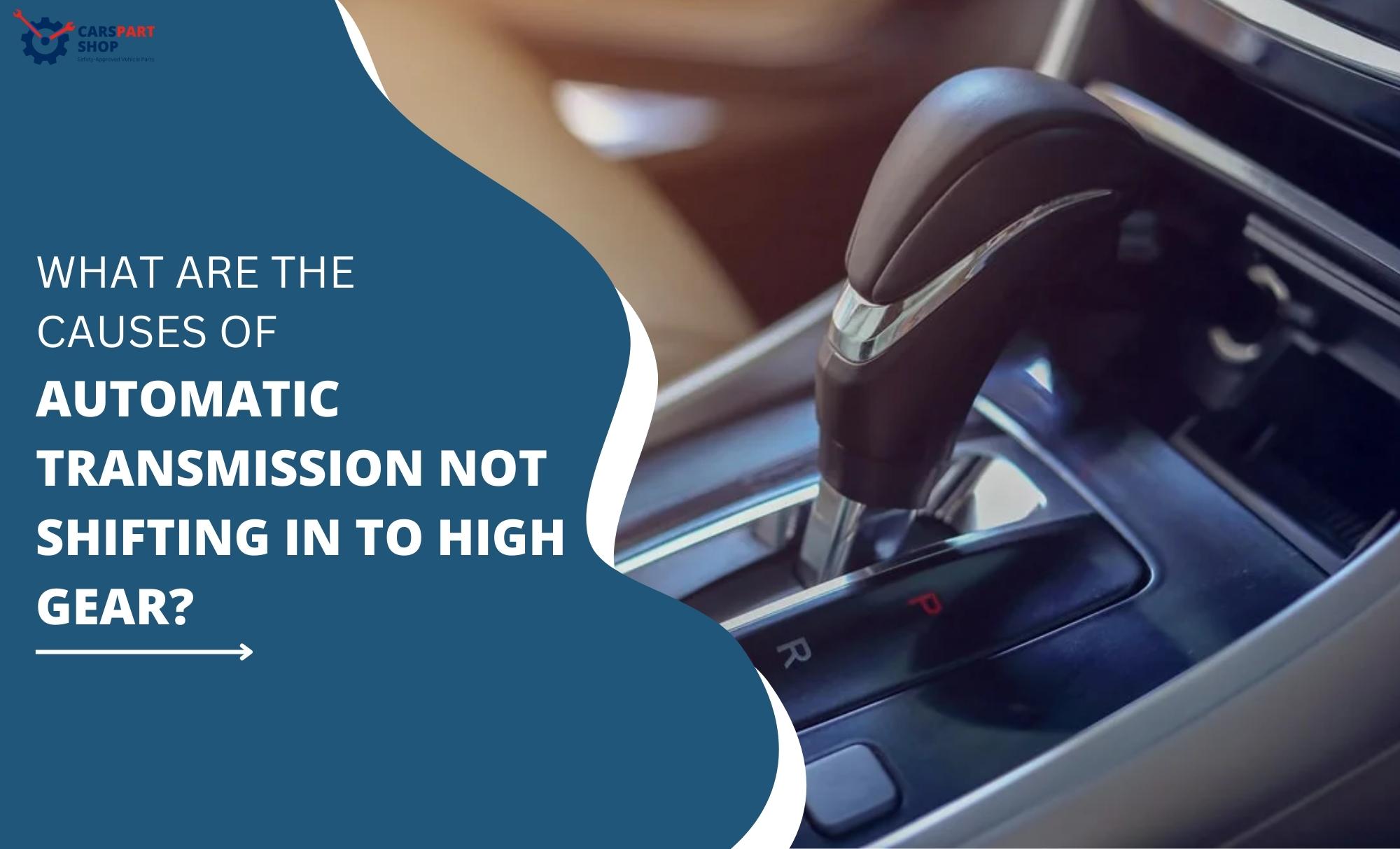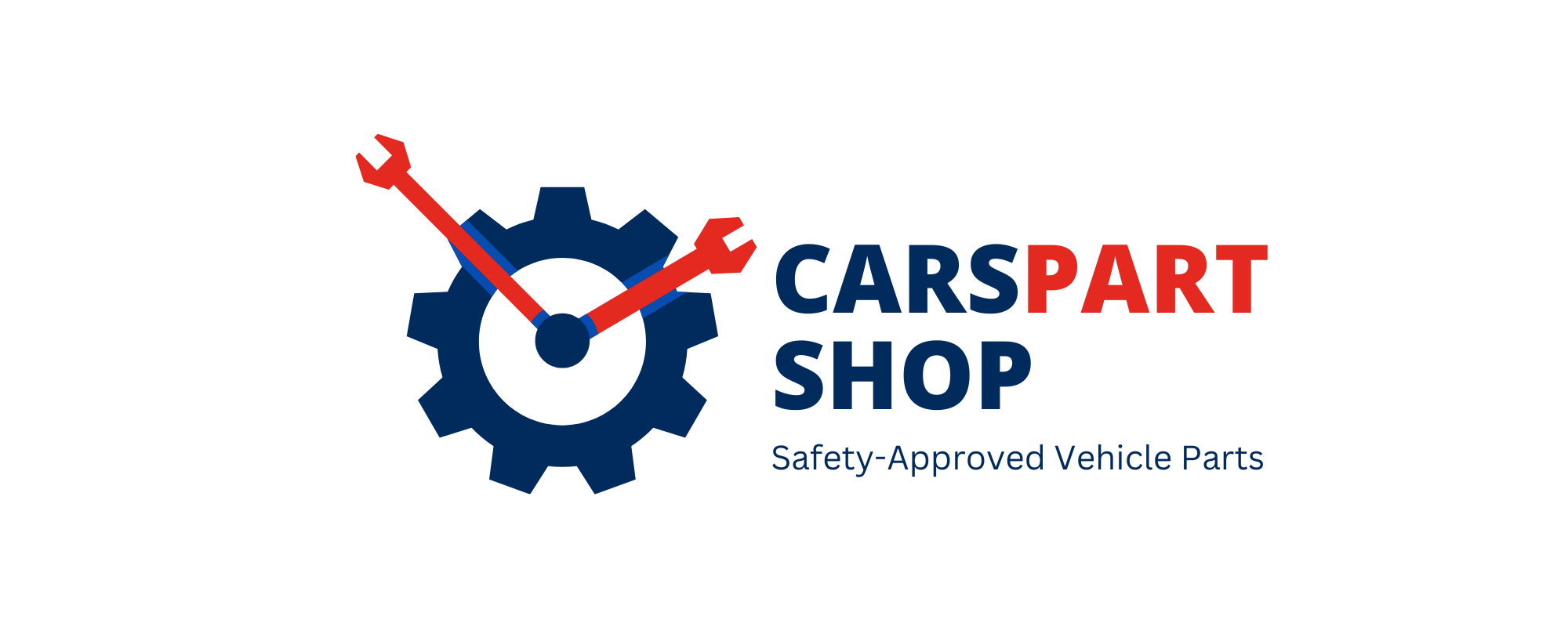The best thing about automatic transmission cars is that the driver doesn’t have to focus on gear changes. However, like manual transmissions, problems may also arise in automatic transmissions. Your transmission could start to have problems in changing gears. There can be a number of issues that may lead to automatic transmission not shifting into high gear.
What are the Causes of Automatic Transmission Not Shifting into High Gear?

While the engine of your car may generate the energy necessary to go forward, the transmission chooses the desired speed and transfers the power to the wheels. It helps in maintaining the speed. In a functioning automatic, shifting between gears is smooth so you don’t notice anything.
However, compared to manual transmissions, AMT are more delicate and more prone to
malfunctions. So, if automatic transmission is not shifting into high gear then it indicates some problem. If your automatic transmission won’t shift into 2nd gear or 3rd gear, here are some probable reasons.
Contaminated Transmission Fluid
The internal gears and moving parts require lubrication, which is provided by transmission fluid. The torque converter, a component of an automatic transmission also needs transmission fluid. Despite being created exclusively for the transmission, it functions quite similarly to motor oil. However, as transmission fluid ages, dirt and particles start to accumulate there.
Therefore, it may result in a loss of power, transmission slide, jerky shifts, or even the car not being able to change into gear at all when you shift into drive or reverse. Normal shifting is far more difficult to accomplish with deteriorated transmission fluid. If it isn’t immediately flushed and replaced, it may also irreversibly harm the transmission.
The following problem is common in Chevrolet, Ford, and GM transmissions. Your Chevy won’t shift into 3rd gear due to dirty transmission fluid. Thus, replacing unclean transmission fluid will eventually assist to prolong the life of the transmission.
Powertrain Control Module Fails
The Powertrain Control Module (PCM) is another component that can be blame for this issue. It serves as the transmission’s brain by managing it. Whenever PCM malfunctions, it may impact the performance of the transmission. In any case, if the speed sensor fails, the PCM will not get any input. Thus, it will prevent the transmission from properly shifting into the driver’s preferred gear.
You might also experience other signs of PCM failure. The Check Engine Light and unpredictable shifting patterns are common problems. Moreover, the car can enter limp mode until the issue is fixed.
Loose Throttle Cables
There are two slender metal wires, which are connected to a rod with ball joints at either end. It regulates the position of the gas pedal. Since they link the accelerator pedal to the engine throttle plate, then unplugging or loosening of tension in wires will affect the performance of automatic transmission.
The automatic gearbox may not shift into higher speeds and the gears may not move as smoothly as they should if the throttle cables are broken. Moreover, transmission will not function at all if the cables are wholly damaged.
Failed Shift Interlock
If your car has an automatic transmission, you are well aware that it won’t allow you shift out of park until it detects that the driver is in the seat and the brake pedal is down. It is due to the shift lock mechanism. An electronically operated solenoid locks the shifter in Park mode while cooperating with the brake light and Park-Neutral safety controls. So, if your automatic transmission not shifting into high gear, then you should check your shift interlock.
The shifter can be unlocked by depressing the brake pedal and turning the ignition to the Run or On position.
What to Do When Automatic Transmission Won’t Shift?
Here are some quick ways to identify and resolve the problem of automatic transmission not shifting into 3rd gear.
Fluid Level and Condition
Transmission fluid is the primary reason for poor AMT shifting. You should read the levels on the dipstick unless your car has a sealed transmission. Be sure to inspect the condition while you measure the amount of fluid present. The fluid’s color reveals a lot about the condition of the transmission.
Both the condition and the level should always be normal. You should find the source of the leak and fix it if there is not enough oil in the system.
Inspect Throttle Cable
As we’ve already indicated, changing the transmission fluid by itself often resolves transmission-related problems. The throttle cables are the next likely suspect. So, if you’ve changed the transmission fluid and your car’s transmission still won’t go into third gear, then check your throttle cables right away.
Wearing of Friction clutch
One of the most common causes of a transmission’s failure to shift is friction clutch wear. Check the friction clutches, and replace them if necessary.
Check the Power Control Module
Powertrain control module regulates the gearbox mechanism. So any problem with PCM have an impact on transmission performance. It will not allow correct transfer of data to the AMT ultimately affecting the performance.
Read Diagnostic Trouble Codes
An error code is set when the car’s computers have a problem. With an OBD II scanner, you can read these codes and discover more information about the issue. Although some codes are common to all vehicles, each uses its own. If there is a problem with the PCM, you might get a P0606 or P0113 code, for instance.
Get Help from Qualified Mechanic
Even if you are an expert, you could run into a challenge that is above your capabilities. There can be scenarios where you may fail to identify the problem. If you encounter a code and are unsure of how to interpret it or why your transmission is performing strangely you should visit a qualified mechanic.
How to Keep the Automatic Transmission Away from Facing Issues in the Future?
Nobody likes to have transmission problems. If your automatic transmission won’t shift into 2nd gear or higher, there are certain ways which can keep the issue away.
- • Limit your use of the “N” neutral because it is regarded as a service mode. Use it in only when it is necessary.
- • Some parts are likely to fail if the AT is not heated sufficiently. So, you should warm up the AMT.
- • Also, you should not use vehicles with automatic transmissions to tow anything because they are just not designed for it.
- • Never attempt to push-start an automatic vehicle.
- • Only use good quality transmission fluid that has been approved by the maker of your vehicle.
- • Carry out scheduled servicing of your vehicle.
Frequently Asked Questions
The AMT sensor send data to PCM which interpret and control the functioning of car components. So, if your Powertrain control module is receiving wrong information, then sensors can be culprit behind it.
As you are unable to shift into third gear, it appears as though the gear slides into neutral. It can be also due to broken transmission linkage.
The first step to do when an automatic transmission is slipping or having trouble shifting is to check its fluid level. If fluid level is low, it will overheat and lose its capacity to move mechanical components in addition to providing insufficient lubrication. Checking the codes might help focus the issue if this is unsuccessful.
Certainly, if the fluid level is low, the automatic transmission may experience shifting difficulties or possibly begin to slip. Lack of it can cause the transmission fluid to overheat, which will alter its hydraulic characteristics.







